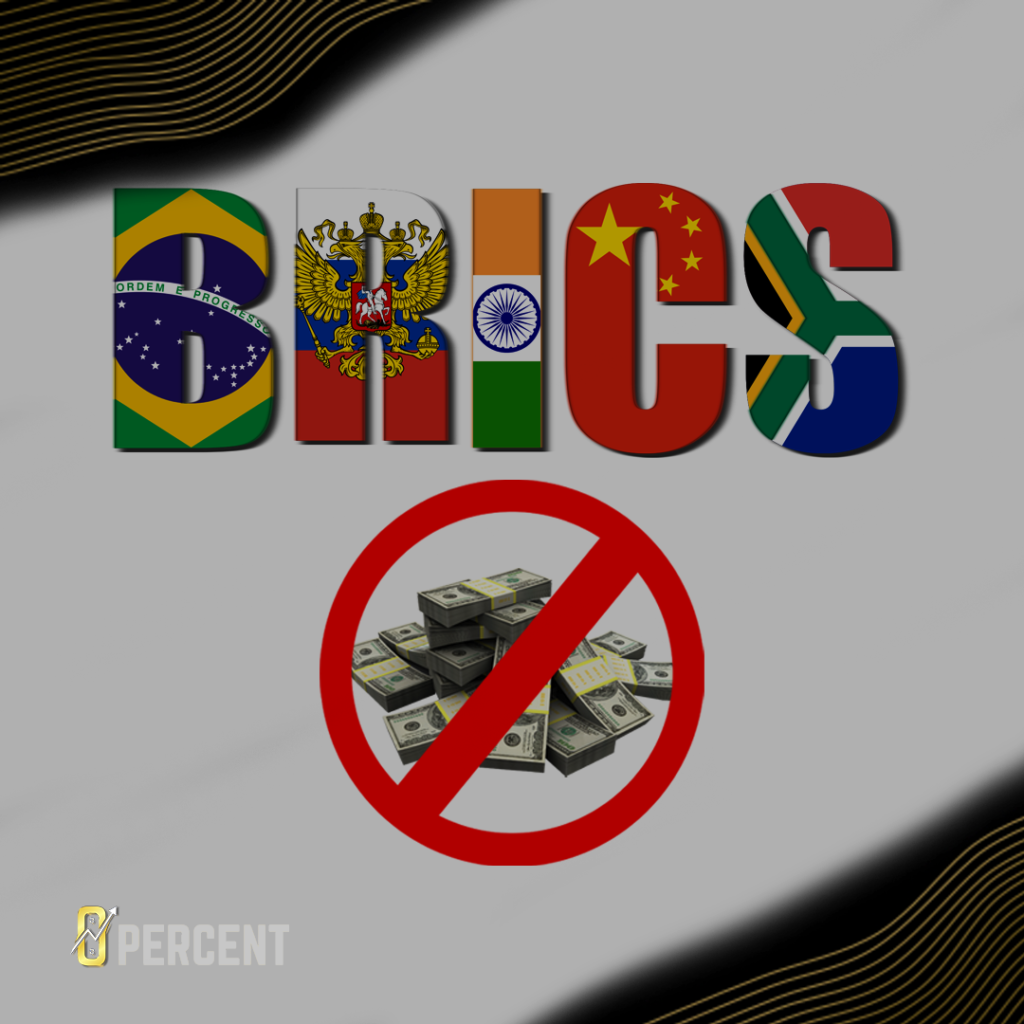
Jeff Sekinger
Jeff Sekinger Founder & CEO, 0 Percent Who is Jeff Sekinger? Visionary Trailblazer Sekinger has been in the financial industry for over a decade. Starting
The United States dollar has been the dominant currency of the world for many decades, with all global commodity trade required to be mediated via the US dollar. The dollar wasn’t always the world’s reserve currency, only emerging after World War II.

After the Second World War, the US emerged as the world’s dominant political, economic and military superpower, and in 1944 the Bretton Woods agreement established the US dollar as the world’s reserve currency. The agreement also fixed the exchange rate of the US dollar to gold, leaving other currencies pegged to the dollar.
The US dollar’s outright dominance in the world as the reserve currency was further reinforced by the Marshall Plan, which provided economic assistance to post-war Europe. This aid strengthened the global demand for US dollars, and solidified the US dollar’s position as the global reserve currency.
In the 1970s, with the US dollar no longer pegged to gold and the collapse of the Bretton Woods agreement, a period of currency volatility and inflation ensued, though the position of the dollar as the world’s dominant currency remained unchallenged, and continued to be the most widely held currency in international transactions.
The US dollar’s dominance as the reserve currency has had significant global implications. First and foremost, it has given the United States a unique position and an edge in the global economy, allowing the country to print money to fund its budget deficits and debts without triggering inflation. This has allowed the United States to bankroll its military and economic power, and to maintain a powerful influence on global affairs.
Additionally, the US dollar’s status as the world’s reserve currency has made it the primary medium of exchange for international trade, giving the United States significant influence over other countries’ economies. In order for any country to engage in international trade, they ned to hold US dollars. This has allowed the US to impose economic sanctions on other countries, by restricting their access to dollars.
The US currency’s dominance as the world’s reserve currency has also created vulnerabilities in the global financial system. The US dollar’s value can be affected by economic policies such as interest rate changes and quantitative easing, causing currency fluctuations which in turn affects other countries’ economies — particularly those that heavily rely on exports.
Moreover, the dollar’s dominance has led to widespread concerns over global financial stability. Countries that hold large amounts of US dollars in reserves are vulnerable to fluctuations in the dollar’s value, and sudden shifts in demand for US dollars can lead to instability in international financial markets.
As the world inches ever forward, more countries are talking openly about abandoning the US dollar as the world’s reserve currency, and are beginning to exchange commodities in various other currencies. If this trend continues, it will have significant global and historical impacts. Recently the BRICS nations are talking about creating a commodity backed currency, and countries like Saudi Arabia and China are talking about trading oil in Chinese Yuan. Only time will tell how the global financial system evolves in the 21st century.

Jeff Sekinger Founder & CEO, 0 Percent Who is Jeff Sekinger? Visionary Trailblazer Sekinger has been in the financial industry for over a decade. Starting

Angel Alvarez Funding, 0 Percent Who is Angel Alvarez? From SpaceX to 0 Percent Angel is a remarkably well rounded individual who has had a

Abhay AnandProduct, 0 Percent Who is Abhay Anand? Title One Test Title Two Test Test
Sign up to receive news & updates!
Sign up to receive news & updates!